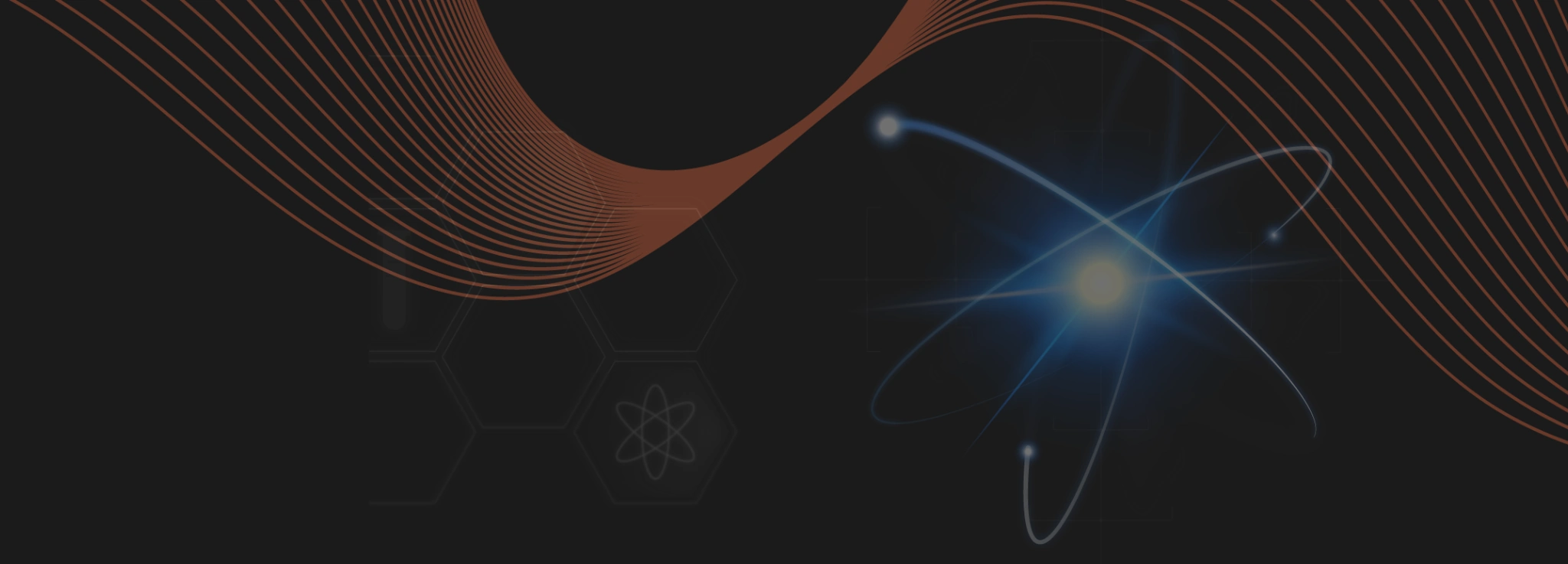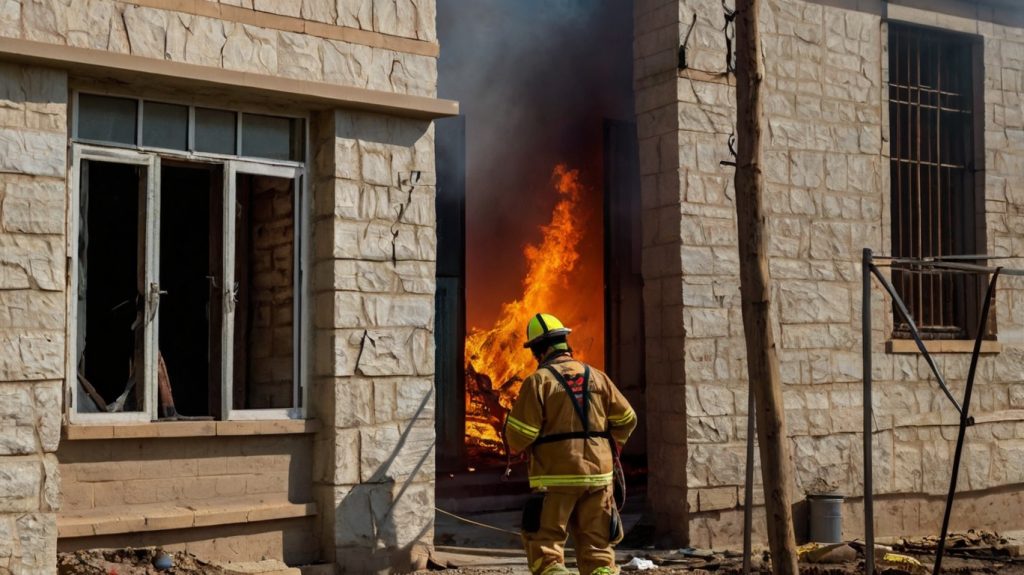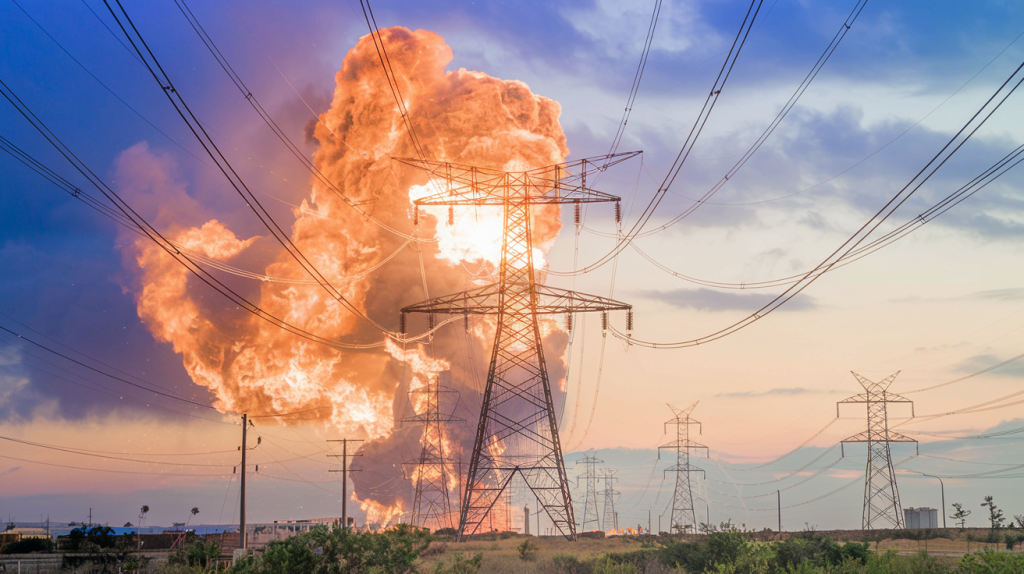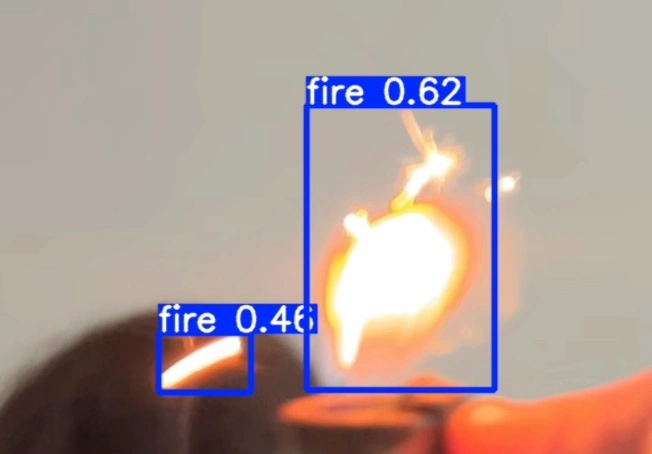
SECURITY
DuvIA3D
AI-powered solutions to enhance risk prediction and emergency response in industrial environments.
Solutions should anticipate failures, hazardous conditions, or threats, ensuring efficient and coordinated incident management.
Patent application ES-P202530777
Early detection of ignition sources


DUVI – Early ignition detection system
- Identifies sparks and even invisible flames, such as hydrogen, by UV technology, providing rapid alerts before fires occur.
- Ideal for industries, critical infrastructure, forest fire prevention and high-risk environments such as factories, hospitals or data centers.
- Sends real-time alarm signals to web platforms and mobile apps, ensuring constant remote monitoring.
- Long life and very low consumption, allowing it to operate with different power sources (batteries, photovoltaic, power grid) and in extreme or remote conditions.
Applications of the DUVI system:

Flame Monitoring in Industrial Boilers:
DUVI ensures constant monitoring of flames in industrial boilers, verifying their presence and stability. This prevents combustion failures that could cause operational damage or fire.

Fire Detection in Hazardous Materials Handling Areas:
In facilities where flammable substances are stored or handled, DUVI provides early fire detection thanks to its advanced sensitivity to the UV spectrum. Detects invisible combustion of products such as ethanol, methanol, hydrogen or acetones.

Home Security Systems:
DUVI is also ideal for home security, providing an additional layer of protection in high-risk areas such as kitchens, fireplaces or basements.

Identification of Discharges in High Voltage Electrical Lines and Electric Arcs:
DUVI detects sparks or electric arcs generated by electrical discharges in high-voltage lines or industrial machinery by analyzing UV signals in real time. This reduces the risks associated with electrical fires, improving the safety of critical infrastructure.

Fire Detection in Facilities and Warehouses:
In facilities and warehouses where protection of goods is essential, DUVI detects fires at their initial stage, even before other systems can react.
Advantages of DUVI:
Our “DUVI” system combines leading UV sensor technology, advanced electronics, data analysis and IoT for early detection of ignition sources, providing an effective tool to mitigate risks and protect both people and the environment.
With security system integration, web interface and mobile app, DUVI sends alarm signals using multiple communication protocols, offering a complete and modern risk management solution.
Whether in industrial environments, warehouses, critical facilities or homes, DUVI provides a comprehensive and reliable solution for early detection and management of fire risks.

How does DUVI work?
Artificial vision

DUVIA – evolution with Intelligent Vision
DUVIA is born as the advanced evolution of DUVI, our early ignition detection system. It retains its ability to identify invisible sparks and flames, such as those produced by hydrogen, using highly sensitive UV technology, and enhances it with 3D modeling and computer vision.
These new capabilities allow DUVIA not only to detect threats, but also to analyze the environment in depth, reconstruct the scene in three dimensions, and apply artificial intelligence algorithms to distinguish false alarms and improve real-time decision-making.

With DUVIA, we take early detection to a new dimension: more visual, more intelligent, more effective.
3D Modeling - Digital twin

DUVIA3D – integration with 3D models
Reproduction and simulation with 3D modeling in a digital twin of the environment to be protected and monitored: Routine simulation of environments and detection systems using different software and platforms.
- Integration of the digital twin into GIS.
- Simulation of a hypothetical risk scenario (e.g., fire), its progression, and prevention measures.
- Overlay and integration with real-time sensor data: Immediate risk localization.
- Directly deployable in virtual reality environments.